Vegetation
Vegetation refers to the plant life that covers a particular area. It is a key component of the environment and plays a crucial role in maintaining the balance of ecosystems. Understanding vegetation is important in various fields including ecology, geography, and agriculture.
Types of Vegetation
There are several types of vegetation, each adapted to different environmental conditions:
- Forest: Dense collection of trees and other plant species.
- Grassland: Dominated by grasses and other herbaceous plants.
- Desert: Characterized by drought-resistant plants and succulents.
- Tundra: Found in cold, treeless regions with low-growing plants.
- Aquatic: Includes vegetation found in freshwater and marine environments.
Importance of Vegetation
Vegetation provides numerous benefits to the environment and human society, such as:
- Production of oxygen through photosynthesis.
- Provision of food and habitat for wildlife.
- Prevention of soil erosion and regulation of water cycles.
- Contribution to climate regulation and carbon sequestration.
- Support for various industries including agriculture, forestry, and horticulture.
Studying Vegetation
To study vegetation, scientists use various methods and tools, including:
- Remote sensing: Using satellites and aerial imagery to analyze vegetation cover and health.
- Field surveys: Conducting on-site observations and measurements of plant species and communities.
- Vegetation mapping: Creating maps that depict the distribution of different vegetation types in an area.
- Ecological modeling: Using computer models to simulate the dynamics of vegetation and its interactions with the environment.
Study Guide
Here are some key points to remember when studying vegetation:
- Understand the different types of vegetation and their characteristics.
- Learn about the ecological roles and importance of vegetation in different ecosystems.
- Explore the methods used to study and analyze vegetation.
- Discuss the human impacts on vegetation and the importance of conservation efforts.
- Consider the potential career paths related to the study of vegetation, such as botany, ecology, and environmental science.
By understanding vegetation, we can contribute to the sustainable management of natural resources and the preservation of biodiversity.
.◂Science Worksheets and Study Guides Seventh Grade. Earthquakes
Study Guide Earthquakes
Earthquakes  Activity Lesson
Activity Lesson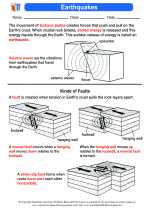 Earthquakes
Earthquakes  Worksheet/Answer key
Worksheet/Answer key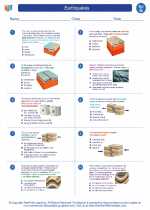 Earthquakes
Earthquakes  Worksheet/Answer key
Worksheet/Answer key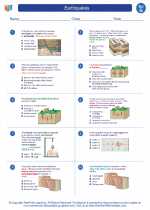 Earthquakes
Earthquakes  Worksheet/Answer key
Worksheet/Answer key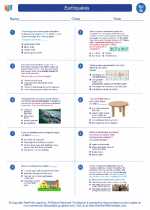 Earthquakes
Earthquakes  Worksheet/Answer key
Worksheet/Answer key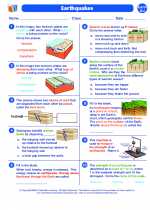 Earthquakes
Earthquakes  Worksheet/Answer key
Worksheet/Answer key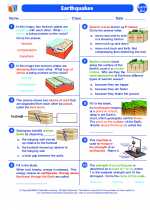 Earthquakes
Earthquakes  Vocabulary/Answer key
Vocabulary/Answer key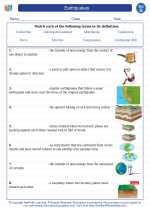 Earthquakes
Earthquakes  Vocabulary/Answer key
Vocabulary/Answer key Earthquakes
Earthquakes  Vocabulary/Answer key
Vocabulary/Answer key Earthquakes
Earthquakes  Vocabulary/Answer key
Vocabulary/Answer key Earthquakes
Earthquakes  Vocabulary/Answer key
Vocabulary/Answer key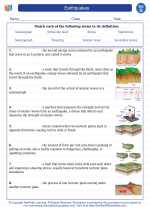 Earthquakes
Earthquakes  Vocabulary/Answer key
Vocabulary/Answer key Earthquakes
Earthquakes  Vocabulary/Answer key
Vocabulary/Answer key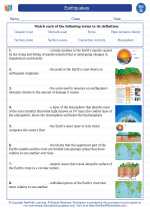 Earthquakes
Earthquakes 

 Activity Lesson
Activity Lesson
 Worksheet/Answer key
Worksheet/Answer key
 Worksheet/Answer key
Worksheet/Answer key
 Worksheet/Answer key
Worksheet/Answer key
 Worksheet/Answer key
Worksheet/Answer key
 Worksheet/Answer key
Worksheet/Answer key
 Vocabulary/Answer key
Vocabulary/Answer key
 Vocabulary/Answer key
Vocabulary/Answer key
 Vocabulary/Answer key
Vocabulary/Answer key
 Vocabulary/Answer key
Vocabulary/Answer key
 Vocabulary/Answer key
Vocabulary/Answer key
 Vocabulary/Answer key
Vocabulary/Answer key
 Vocabulary/Answer key
Vocabulary/Answer key
